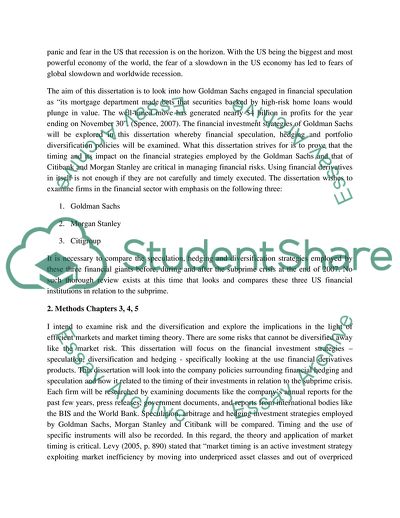Cite this document
(Speculation and Portfolio Diversification Strategies for Goldman Sachs Term Paper, n.d.)
Speculation and Portfolio Diversification Strategies for Goldman Sachs Term Paper. https://studentshare.org/finance-accounting/1712136-how-financial-speculation-and-portfolio-diversification-strategies-helped-goldman-sachs-avert-the-subprime-mortgage-crisis-in-the-united-states
Speculation and Portfolio Diversification Strategies for Goldman Sachs Term Paper. https://studentshare.org/finance-accounting/1712136-how-financial-speculation-and-portfolio-diversification-strategies-helped-goldman-sachs-avert-the-subprime-mortgage-crisis-in-the-united-states
(Speculation and Portfolio Diversification Strategies for Goldman Sachs Term Paper)
Speculation and Portfolio Diversification Strategies for Goldman Sachs Term Paper. https://studentshare.org/finance-accounting/1712136-how-financial-speculation-and-portfolio-diversification-strategies-helped-goldman-sachs-avert-the-subprime-mortgage-crisis-in-the-united-states.
Speculation and Portfolio Diversification Strategies for Goldman Sachs Term Paper. https://studentshare.org/finance-accounting/1712136-how-financial-speculation-and-portfolio-diversification-strategies-helped-goldman-sachs-avert-the-subprime-mortgage-crisis-in-the-united-states.
“Speculation and Portfolio Diversification Strategies for Goldman Sachs Term Paper”. https://studentshare.org/finance-accounting/1712136-how-financial-speculation-and-portfolio-diversification-strategies-helped-goldman-sachs-avert-the-subprime-mortgage-crisis-in-the-united-states.


